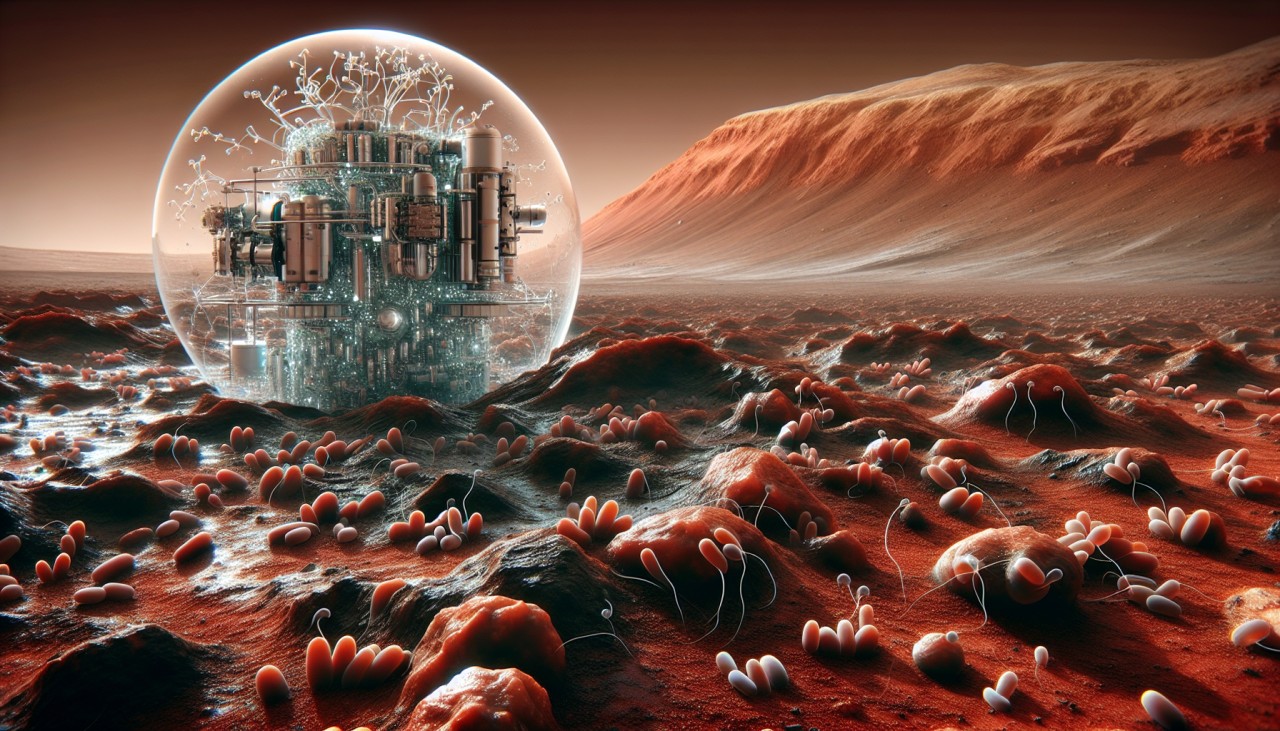Engineers at the University of California, Irvine, have been inspired by the biochemical processes of cyanobacteria in Chile's Atacama Desert to develop innovative methods for constructing habitats on Mars. These microorganisms produce biofilms that dissolve magnetic iron oxide particles within gypsum rocks, transforming magnetite into oxidized hematite. By harnessing this natural process, researchers aim to create a sustainable approach to building structures on the Martian surface. This method could potentially reduce the need for transporting building materials from Earth, making Mars colonization more feasible. sciencedaily.com
The research team utilized high-resolution electron microscopy and advanced spectroscopic imaging techniques to understand how these microorganisms modify minerals. Their findings suggest that by replicating this natural process, it may be possible to extract and process Martian minerals using microbial activity. This approach could lead to the development of construction materials directly from the Martian soil, paving the way for sustainable human habitats on Mars. The study, published in the journal Materials Today Bio, opens new avenues for in-situ resource utilization, a critical component for long-term human presence on the Red Planet. sciencedaily.com
Key Takeaways
- Engineers at UC Irvine are exploring microbial mining techniques for Mars habitat construction.
- Inspired by cyanobacteria's nutrient extraction from rocks in the Atacama Desert.
- Research suggests replicating this process could yield construction materials from Martian soil.
- Findings published in Materials Today Bio highlight potential for sustainable in-situ resource utilization.
- This approach could reduce reliance on Earth-based materials for Mars colonization.
